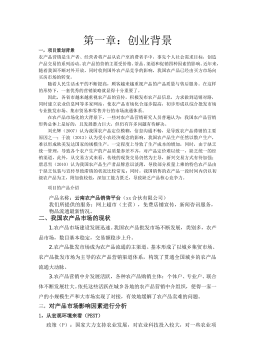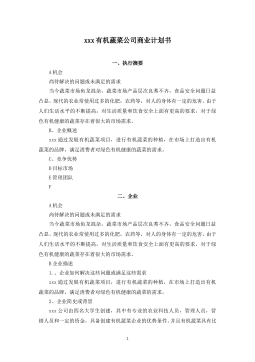卵母细胞Cryotop法玻璃化冷冻的研究
I摘要卵母细胞的低温保存技术是人类辅助生殖领域的重要工具,通过对健康的卵母细胞进行低温保存,将能够为需要的人提供更多的生育机会。此外,家畜胚胎体外规模化生产、核移植研究、转基因动物等研究对卵母细胞的需求日益增加,卵母细胞的低温保存技术可以为家禽胚胎工程技术的开展提供充足的材料来源,同时它也是优质家畜保种和珍稀濒危野生动物保护的一条新途径。Cryotop技术是目前诸多卵母细胞玻璃化冷冻方案中最有效的方法之一。然而,Cryotop方案中样品所能够达到的最高冷冻速率有限,要实现玻璃化必须采用高浓度的冷冻保护剂,这使得卵母细胞经Cryotop法玻璃化冷冻后的发育潜能显著低于对照组。因此提高Cryoto...
相关推荐
-
10KV电网D-SCADA 系统信息采集与故障诊断研究与设计VIP免费

 2024-10-14 26
2024-10-14 26 -
方形吸顶散流器平送风等温射流特性研究VIP免费
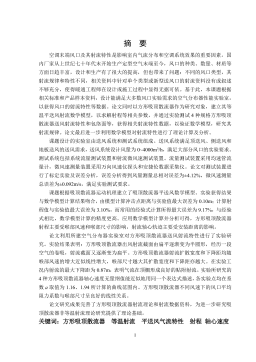
 2025-01-09 7
2025-01-09 7 -
关于充液声导波传感器中频散兰姆波的研究VIP免费
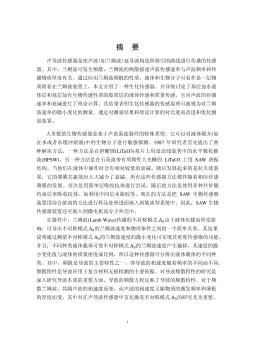
 2025-01-09 10
2025-01-09 10 -
结合梁斜拉桥施工过程中考虑剪力滞影响的分析方法VIP免费

 2025-01-09 6
2025-01-09 6 -
空调房间热舒适性的数值模拟与实验研究VIP免费

 2025-01-09 7
2025-01-09 7 -
汽车前轮线控转向系统研究VIP免费

 2025-01-09 8
2025-01-09 8 -
输入分配型混合动力车辆动力系统控制策略研究VIP免费
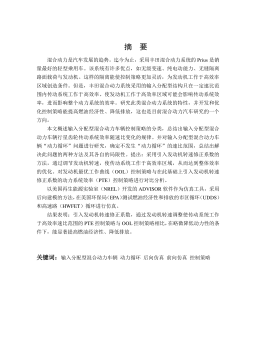
 2025-01-09 7
2025-01-09 7 -
双馈风力发电系统的柔性并网控制研VIP免费
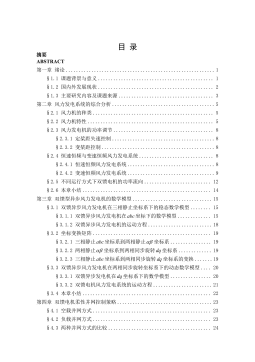
 2025-01-09 10
2025-01-09 10 -
污水处理厂污泥好氧堆肥发酵技术的试验研究VIP免费
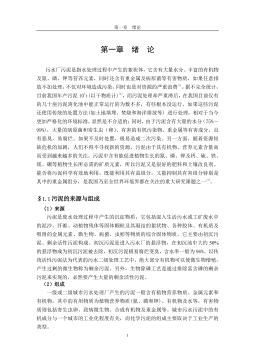
 2025-01-09 7
2025-01-09 7 -
应用风室试验装置的风机性能VIP免费
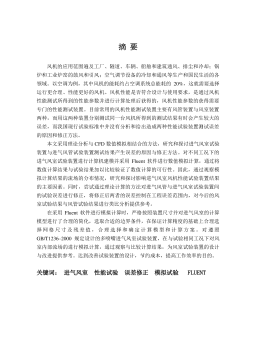
 2025-01-09 8
2025-01-09 8
相关内容
-

汽车前轮线控转向系统研究
分类:高等教育资料
时间:2025-01-09
标签:无
格式:PDF
价格:15 积分
-

输入分配型混合动力车辆动力系统控制策略研究
分类:高等教育资料
时间:2025-01-09
标签:无
格式:PDF
价格:15 积分
-

双馈风力发电系统的柔性并网控制研
分类:高等教育资料
时间:2025-01-09
标签:无
格式:PDF
价格:15 积分
-

污水处理厂污泥好氧堆肥发酵技术的试验研究
分类:高等教育资料
时间:2025-01-09
标签:无
格式:PDF
价格:15 积分
-

应用风室试验装置的风机性能
分类:高等教育资料
时间:2025-01-09
标签:无
格式:PDF
价格:15 积分


